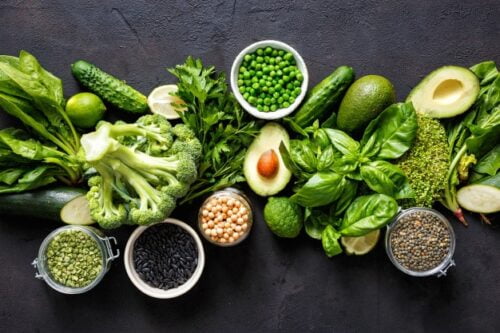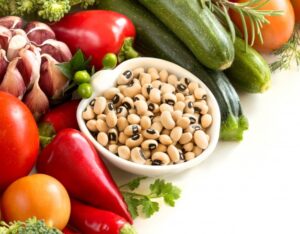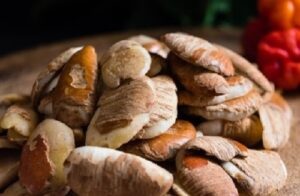Diabetes mellitus is an incurable disease affecting millions of Africans aged between 20 and 79 years.
If you have diabetes, you can still enjoy the foods you love by making healthy food choices and eating in the right proportion.
To keep things simple, start by avoiding high glycemic index foods like processed fats and starchy carbohydrates that can raise blood sugar quickly,
Choose low glycemic index foods (low GI) that contain lots of dietary fiber and increase blood sugar slowly.
The American Diabetes Association (ADA) has given some tips to help you stay healthy, they include:
- Eating lots of fruits and vegetables.
- Eating lean protein.
- Avoid foods with added sugar.
- Avoid trans fats.
This article will give you some of the best foods to eat in Africa if you have diabetes and foods to avoid.
Starches
1. Whole grains
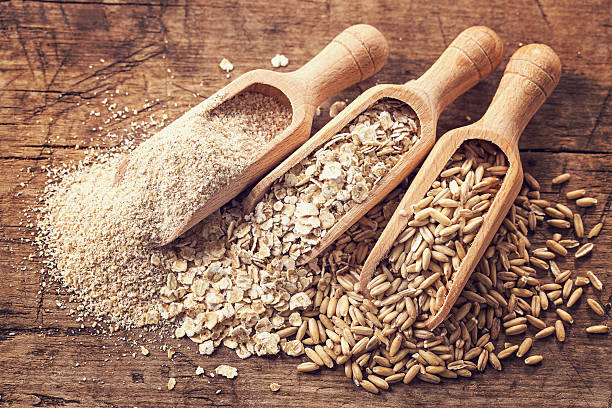
Whole grains contain more fiber and nutrients than refined grains.
Eating a fiber-rich diet is important for diabetics because fiber slows down digestion and prevents a quick rise in blood sugar levels after meals.
Whole-grain foods also have a lower Glycemic index than refined grains – meaning they have a lesser impact on blood sugar.
Examples of whole grains to include in your diet are:
- Millet
- Brown rice
- Whole maize
- Whole wheat bread
- Quinoa
- Whole guinea corn (sorghum)
- Fonio (Acha)
- Teff
Always remember to control your portion size.
2. Oatmeal
Oats are incredibly nutrient-dense grains. They are rich in protein and fiber.
Oats contain a type of fiber called beta-glucan that helps to reduce high blood sugar, lower cholesterol, and reduce blood pressure. [1]
Eating oats in the morning will help you stay full for longer periods.
However, avoid adding refined sugar or a full-fat diary to your bowl of oats. Rather, opt for a dash of cinnamon or any other spice.
3. Unripe plantain

The green unripe plantain is a perfect food for people with diabetes. It is rich in nutrients, vitamins, and resistant starch.
Resistant starch is a type of soluble fiber that is slowly digested and helps stabilize blood sugar levels.
Researchers have found that consuming foods high in resistant starch will help reduce abdominal fat and improve insulin sensitivity. [2]
4. Cocoyam (Taro)
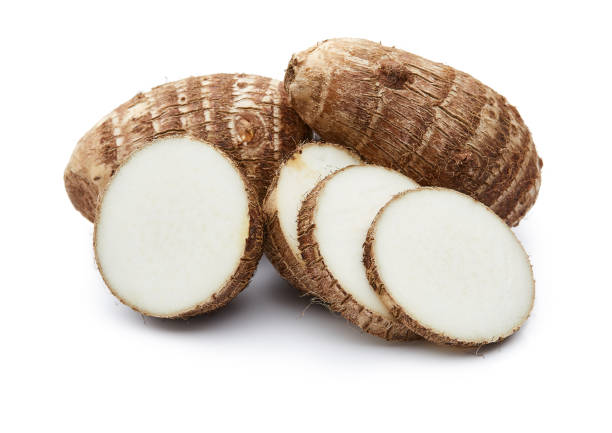
Cocoyam is an incredibly healthy tuber crop. It is rich in dietary fiber, vitamins, and minerals.
Due to its rich fiber content, it is slowly digested, making it an excellent source of carbohydrates for people with diabetes.
One animal study found that a diet rich in cocoyam and unripe plantain could help lower blood glucose levels when eaten separately. [3]
You can add cocoyam in soups or stews or eat them as fufu.
5. Water yam
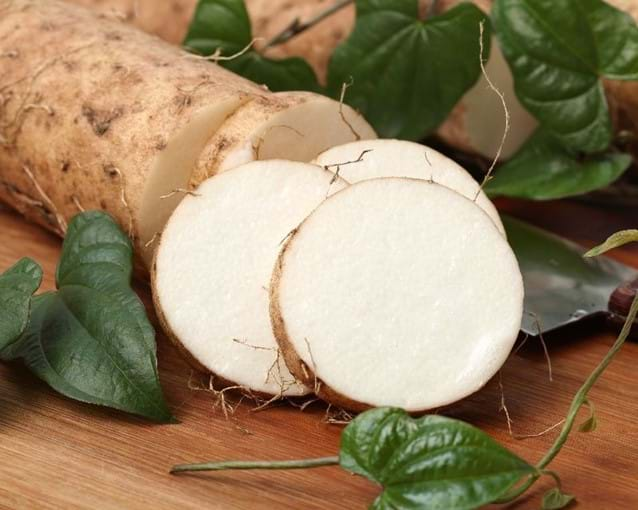
Just like cocoyam, water yam is an incredibly nutrient-dense tuber that is rich in nutrients, water, and dietary fiber. It helps you feel full quickly and prevents spikes in blood sugar.
Water yam has a very low glycemic index making it an ideal food for diabetics.
However, take care not to overeat it as it may load up calories quickly.
You can eat it with vegetable soup as fufu or porridge.
Related: Impressive health benefits, nutrition, and uses of Water Yam
6. Sweet potato
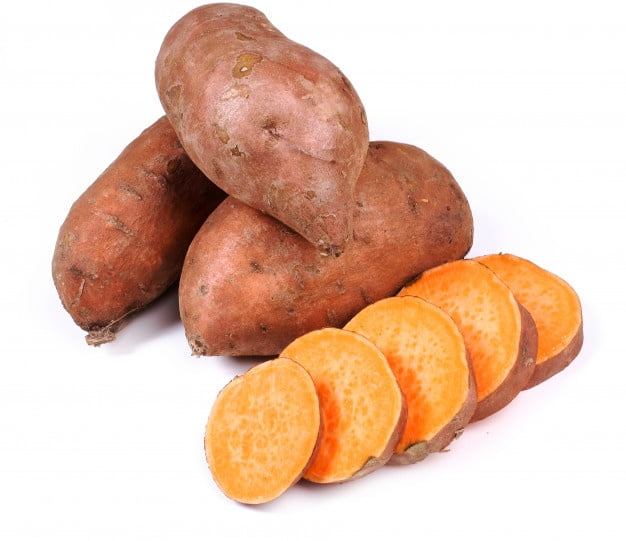
Sweet potatoes have a lower glycemic index than white potatoes.
They do not raise blood sugar quickly, making them a great food for people with diabetes.
Sweet potatoes are also rich sources of potassium, fiber, vitamin A, and vitamin C.
You can eat them boiled, baked, roasted, mashed, or add them to your salads.
7. Chia seeds

Chia seeds are an incredible superfood for people with diabetes. A single ounce (28 grams) packs about 11 grams of fiber that do not raise blood sugar.
They keep you full for long periods because they absorb water and slow down the rate at which food moves through your gut – reducing hunger.
One study in 77 adults found that chia seeds consumption helps maintain good glycemic control and supports weight loss. [4]
You can sprinkle chia seeds on salads, use them in baking, or add them to desserts.
Protein
8. Beans and legumes
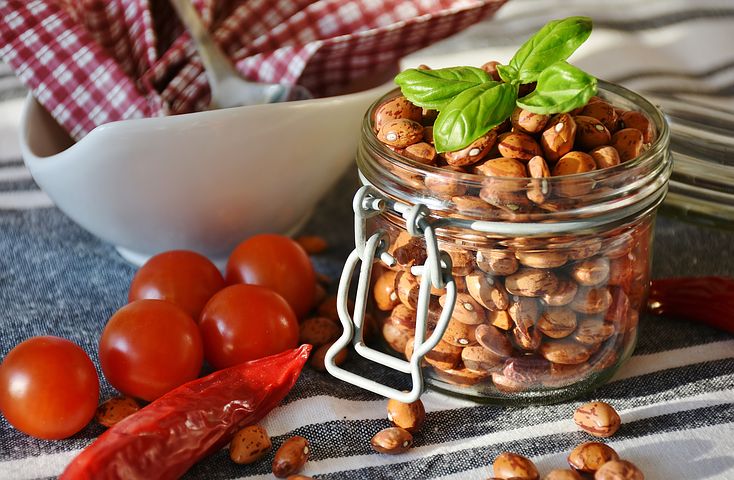
Beans are complete superfoods that are rich in protein, dietary fiber, vitamins, and minerals.
Their very low glycemic index is ideal for diabetics.
Researchers have found that people who consume a diet rich in legumes are less likely to develop type 2 diabetes. [5]
Examples of beans to add to your diet are:
- Cowpeas
- Pigeon peas
- Lentils
- Chickpeas
- Barbara nut (Okpa)
- Kidney beans
- Black beans
They are an excellent source of plant-based protein and help you feel full quickly – reducing excessive eating.
9. Fish and seafood

Fish especially fatty fish are great sources of omega-3 fatty acids (DHA and EPA).
Eating enough omega-3 fatty acids daily has great benefits for diabetics, as it helps prevent heart disease and stroke.
Examples of fatty fish rich in omega-3 fatty acids include:
- Salmon
- Sardines
- Mackerel (Titus)
- Herring
- Anchovies
Researchers have found that fish and seafood significantly prevent type 2 diabetes and improve post-meal blood sugar levels.[6,7].
They are also great sources of protein and help you stay full for longer periods.
10. Lean Protein
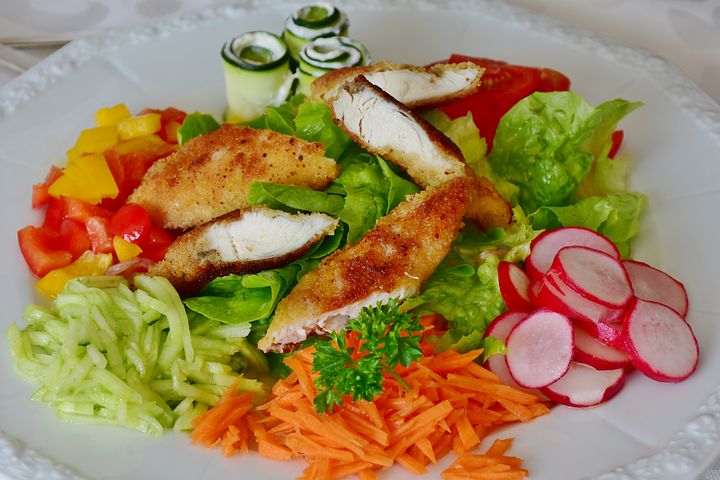
Always opt for lean proteins like lean beef, chicken breast, and snails because they are rich in proteins but low in calories.
Their high protein content increases feelings of fullness and prevents hunger for long periods – thereby helping to stabilize blood sugar levels.
11. Eggs
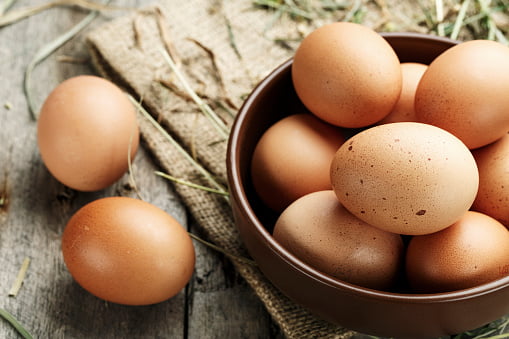
Eggs are an excellent source of protein and healthy fats.
They are nutrient-dense foods in a low-calorie package. One large egg will provide you with only 72 calories.
You can eat eggs for breakfast as hard-boiled, scrambled, or add them to your salad.
However, remember to always eat in moderation.
Vegetables
12. Leafy greens
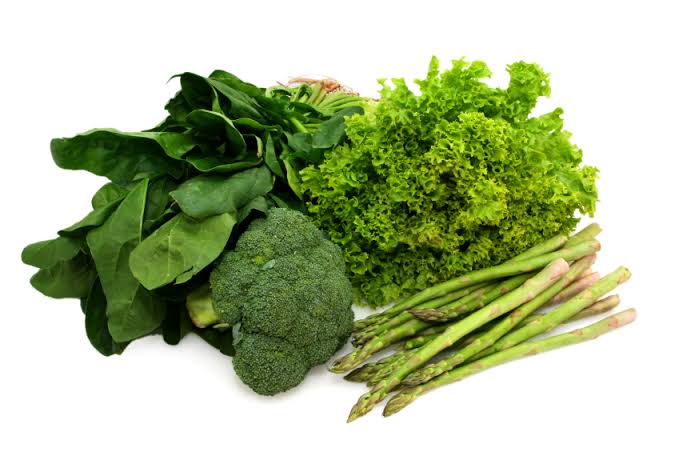
Leafy green vegetables are incredibly nutritious and low in calories.
They’re also rich in vitamins, minerals, and antioxidants, but very low in carbohydrates that won’t affect blood sugar levels.
Research has discovered that eating leafy greens is helpful to people with diabetes due to their high antioxidant content. [8]
Examples of leafy green vegetables to include in your diet are:
- Bitter leaf
- Spinach
- Pumpkin leaves (ugu)
- Jute leaves (ewedu)
- Oha leaves
- Parsley
- Scent leaf
- kale
You can eat soups rich in leafy greens, and add them to your salads, side dishes, or stir-fry.
13. Garden egg (Eggplant)
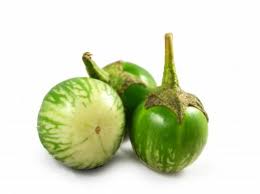
Eggplants are also known as garden eggs, and they are nutrient-dense vegetables in a low-calorie package.
They are rich in dietary fiber and one cup of cooked eggplant contains only about 35 calories – making it ideal for people with diabetes.
You can eat it as snacks with peanuts or add them to your soups.
14. Carrots
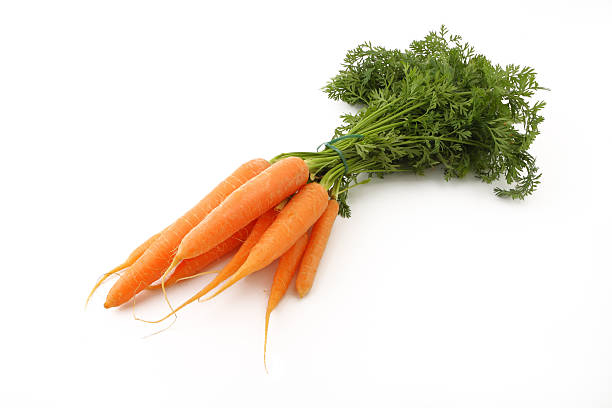
Carrots are an incredibly low-calorie vegetable that won’t raise your blood sugar levels.
They are packed with beta-carotene, an antioxidant, and vitamins C, D, E, and K.
You can eat them as a snack instead of reaching for donuts, cakes, or pie.
15. Cruciferous vegetables

Cruciferous vegetables like cabbage, broccoli, and cauliflower are among the most nutritious vegetables in the world.
They are rich in vitamin C, vitamin A, magnesium, dietary fiber, and antioxidants.
The vegetables contain sulforaphane, a natural compound that helps improve fasting glucose levels in obese adults with type 2 diabetes. [9]
So start eating these vegetables today. You can add them to your salads or soups.
Fruits
16. Avocado
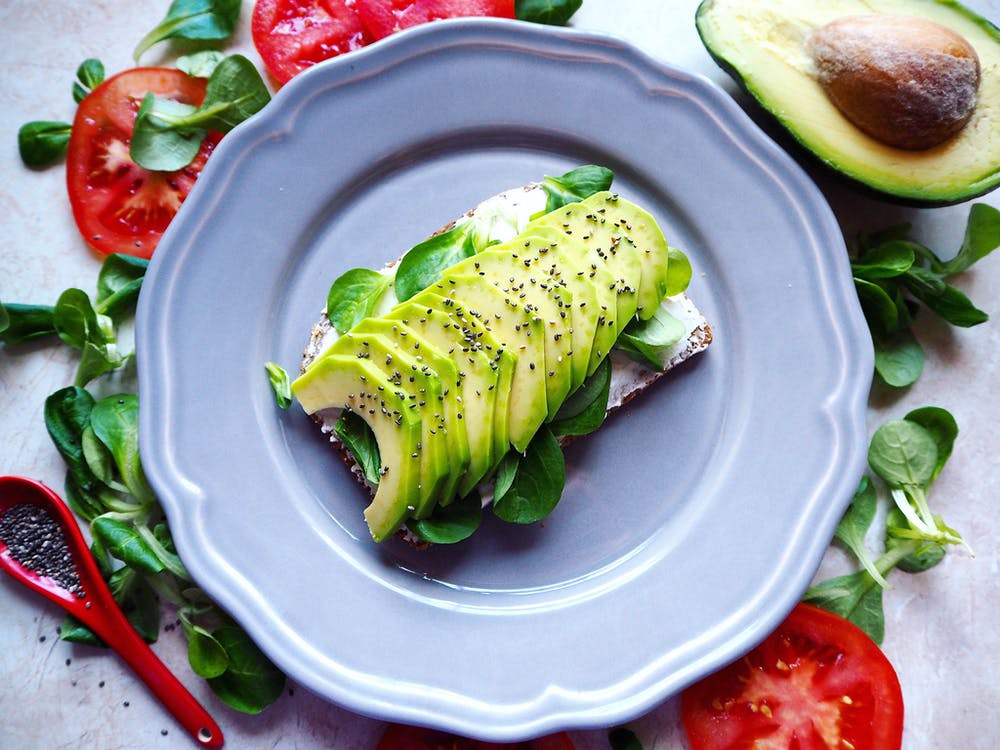
Avocados are incredibly healthy and rich in mono-unsaturated fatty acids that help protect against diabetes.
One study found that foods containing mono-unsaturated fatty acids like avocado significantly improved glycemic control in participants with type 2 diabetes [10]
Avocados are also rich in dietary fiber and can be eaten in a variety of ways.
17. Citrus fruits
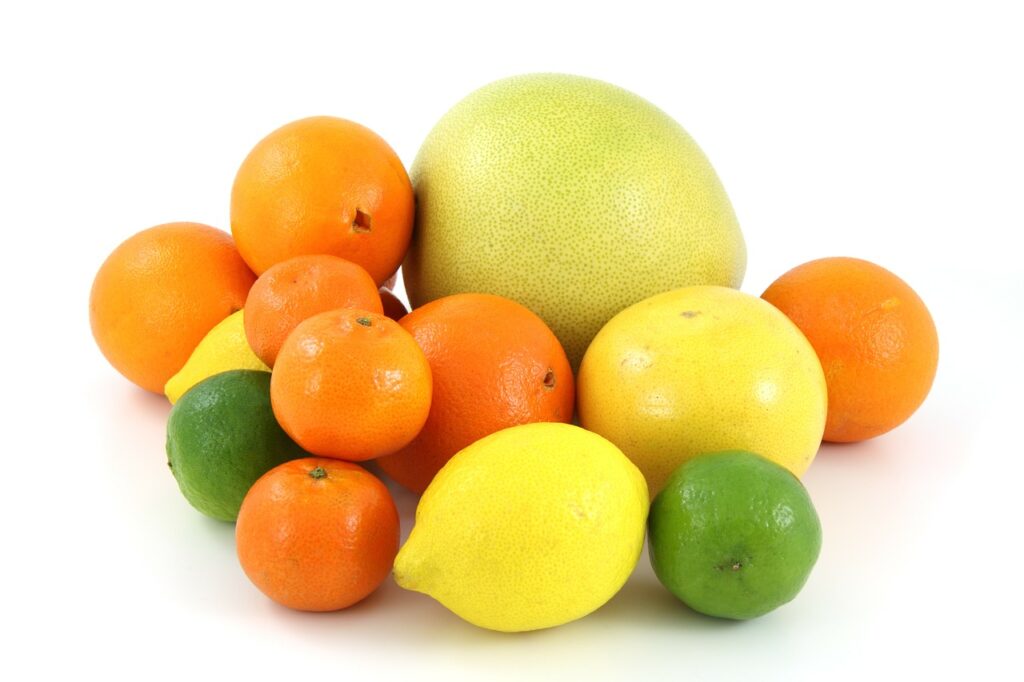
Citrus fruits like oranges, lemon, African star apple, and grapes are full of fiber and nutrients.
They provide you with vitamin C, folate, potassium, and antioxidants.
Research has found that two antioxidants (hesperidin and naringin) present in oranges help prevent diabetes. [11]
18. Baobab fruit
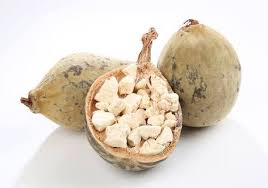
Baobab is an African super fruit that is full of fiber, vitamin C, and antioxidants.
It is great for diabetics because it reduces hunger and prevents overeating.
One study in 20 participants found that drinking a smoothie with 15 grams of powdered baobab extract significantly reduced feelings of hunger. [12]
19. Strawberry
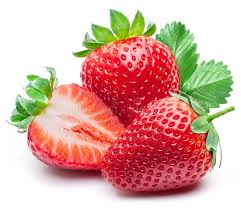
Strawberries are incredibly nutritious and packed with fiber, vitamins, and minerals.
They’re also high in antioxidants called polyphenols and anthocyanins.
These two antioxidants have been shown to reduce blood sugar and improve insulin sensitivity in people with type 2 diabetes. [13] [14]
You can add strawberries to your smoothies or eat them as a snack.
Nuts, Oils, and Spices
20. Garlic
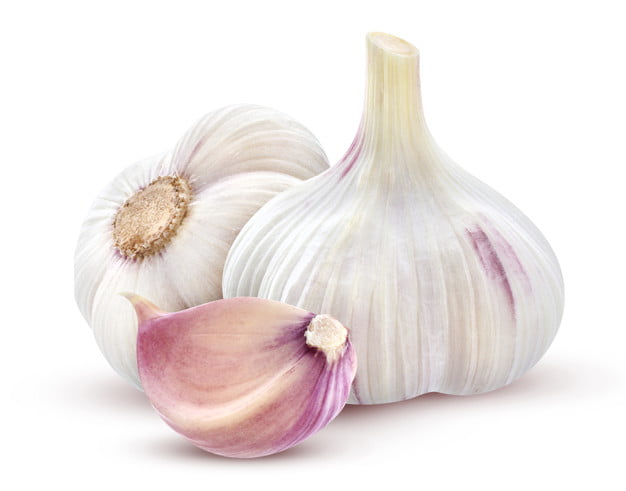
This small wonder spice is incredibly nutritious and medicinal. It is rich in vitamins, minerals, and antioxidants.
Studies have found that garlic plays a huge role in stabilizing blood glucose levels and reducing high cholesterol levels in people with type 2 diabetes. [15]
21. Red onions
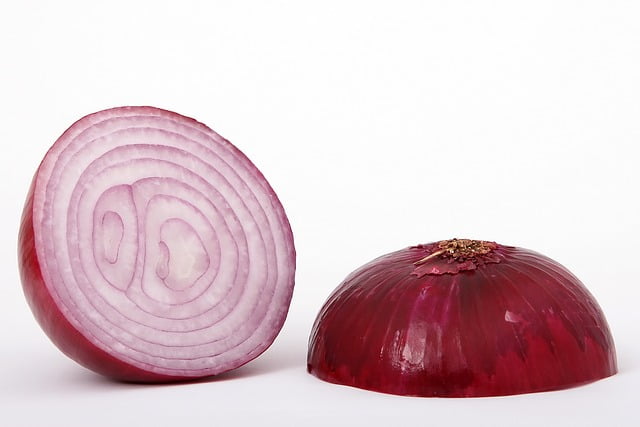
Red onions are great for diabetes. They contain a type of insoluble fiber called oligofructose that increases satiety and reduces feelings of hunger. [16]
Onions are also rich in sulfur-containing compounds that help lower cholesterol and reduce blood sugar levels.
You can add onions to your cooking, but it is best eaten raw.
22. Groundnut (peanut)

Groundnuts are incredibly nutritious and full of fiber.
They contain a high amount of healthy fats that keep you full for long periods – preventing blood sugar spikes.
You can eat them as a snack or process them into peanut butter.
23. Extra-virgin olive oil
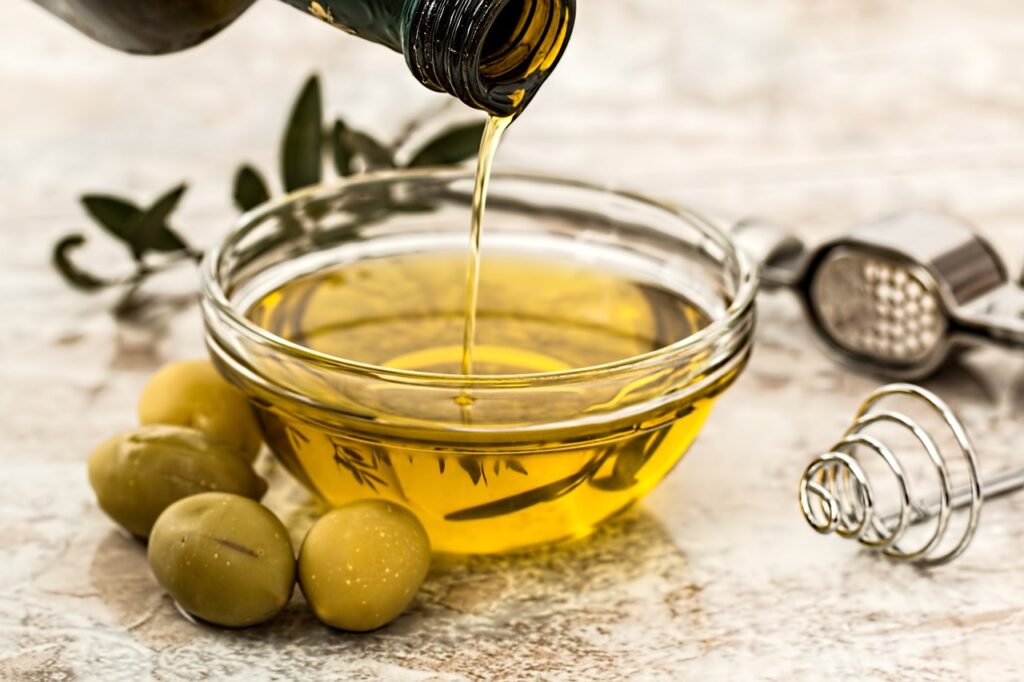
Olive oil is highly beneficial for people with diabetes.
It is rich in monounsaturated fatty acids that help prevent diabetes and other metabolic disorders. [17]
Additionally, it is high in polyphenols, a type of antioxidant that fights free radicals and keeps your heart healthy.
Tea and Drinks
24. Green tea
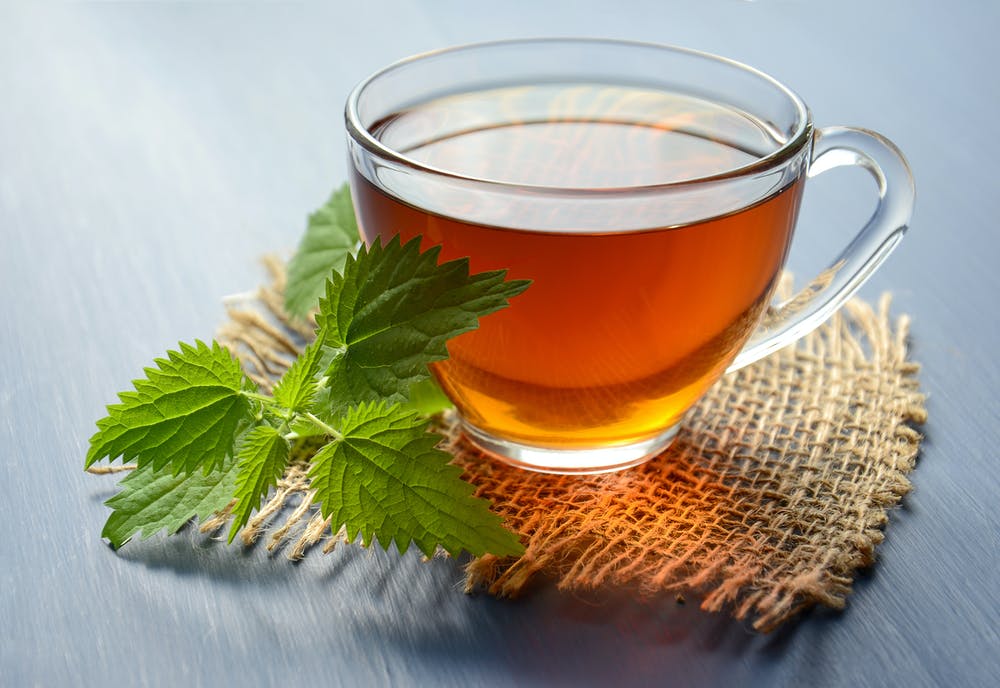
Green tea is a zero-calorie beverage that is packed with antioxidants. [18]
It hydrates you and prevents you from overeating which helps stabilize blood sugar levels.
Also, it boosts your metabolism and increases weight loss.
25. Cocoa powder
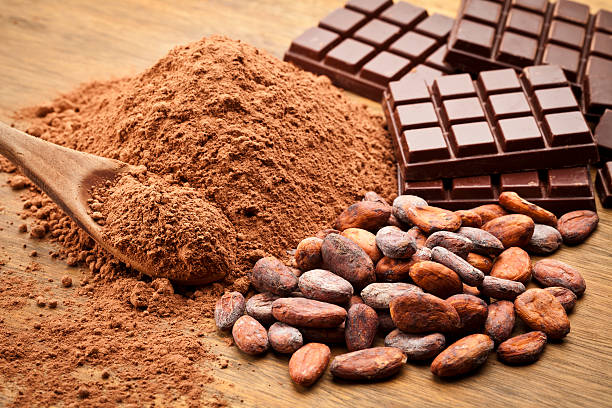
Pure cocoa powder is rich in antioxidants called flavonoids that help fight inflammatory disorders like heart disease, cancer, and diabetes.
You can add them to your tea, baked goods, or hot chocolate.
Food to avoid
High Glycemic index (GI) foods
Since the African diet is rich in carbohydrates, it is best to balance high-GI foods with low-GI foods. As high-GI foods can raise blood sugar levels quickly.
Examples of food and fruits high on the GI scale include:
- White rice
- Cassava and yam fufu
- Pasta
- White bread
- White potatoes
- Pineapple
- Popcorn
Saturated and trans fat
Unhealthy fats like saturated and trans fat are bad for your heart and can worsen diabetes.
These types of bad fats are commonly found in many processed foods like fries, chips, baked goods, and fried meat.
But you can also them in animal fats, palm oil, and coconut oil.
Sugary foods and drinks
People with diabetes should strive to avoid foods high in refined sugars like store-bought biscuits, sweets, cakes, donuts, energy drinks, beer, soft drinks, and some smoothies.
Foods that contain lots of refined sugars can cause an imbalance in a person’s insulin levels.
Salty foods
Foods that contain lots of salt and additives can increase blood pressure and obesity.
Always check your food labels for sodium and salt.
Dairy
Avoid full-fat dairy sources like whole milk, regular yogurt, ice cream, cottage cheese, etc. Rather, go for low-fat dairy and keep your portions small.
Alcoholic beverages
Alcohol should be limited to one drink per day for women and two drinks per day for men.
However, if you are on insulin or insulin secretagogue, please avoid alcohol as it may cause hypoglycemia.
The bottom line
Diabetes mellitus can be controlled with exercise and a good African diet.
Eating a balanced diet by including the foods listed in this article, will help people with diabetes:
- Control blood sugar level
- Lower risk of coronary heart disease
- Reduces inflammation
- Lower risk of kidney disease
Also, always remember to combine starchy foods with lots of vegetables, fruits, legumes, and lean protein.
- Ciecierska, Anna et al. “Nutraceutical functions of beta-glucans in human nutrition.” Roczniki Panstwowego Zakladu Higieny vol. 70,4 (2019): 315-324.
- Keenan, Michael J et al. “Role of resistant starch in improving gut health, adiposity, and insulin resistance.” Advances in nutrition (Bethesda, Md.) vol. 6,2 198-205. 13 Mar. 2015,
- Eleazar CO, Eleazu KC, Iroaganachi MA. Effect of cocoyam (Colocasia esculenta), unripe plantain (Musa paradisiaca), or their combination on glycated hemoglobin, lipogenic enzymes, and lipid metabolism of streptozotocin-induced diabetic rats. Pharm Biol. 2016;54(1):91-97.
- Vuksan, V et al. “Salba-chia (Salvia hispanica L.) in the treatment of overweight and obese patients with type 2 diabetes: A double-blind randomized controlled trial.” Nutrition, metabolism, and cardiovascular diseases: NMCD vol. 27,2 (2017)
- Becerra-Tomás, Nerea et al. “Legume consumption is inversely associated with type 2 diabetes incidence in adults: A prospective assessment from the PREDIMED study.” Clinical nutrition (Edinburgh, Scotland) vol. 37,3 (2018): 906-913. doi:10.1016/j.clnu.2017.03.015
- Helland A et al. High intake of fatty fish, but not of lean fish, improved postprandial glucose regulation and increased the n-3 PUFA content in the leucocyte membrane in healthy overweight adults: a randomized trial. Br J Nutr. 2017;117(10):1368-1378. doi:10.1017/S0007114517001234
- List B, et al. Seafood intake and the development of obesity, insulin resistance, and type 2 diabetes. Nutr Res Rev. 2019;32(1):146-167. doi:10.1017/S0954422418000240
- Li, Min et al. “Fruit, and vegetable intake and risk of type 2 diabetes mellitus: a meta-analysis of prospective cohort studies.”
- Axelsson, Annika S et al. “Sulforaphane reduces hepatic glucose production and improves glucose control in patients with type 2 diabetes.” Science translational medicine vol. 9,394 (2017): eaah4477. doi:10.1126/scitranslmed.aah4477
- Lerman-Garber I, et al. Effect of a high-monounsaturated fat diet enriched with avocado in NIDDM patients. Diabetes Care. 1994;17(4):311-315. doi:10.2337/deathcare.17.4.31
- Den Hartogh DJ, Tsiani E. Antidiabetic Properties of Naringenin: A Citrus Fruit Polyphenol. Biomolecules. 2019;9(3):99. Published 2019 Mar 12. doi:10.3390/biom9030099
- Garvey R, et al. The acute effects of baobab fruit ( Adansonia digitata) on satiety in healthy adults. Nutr Health. 2017;23(2):83-86. doi:10.1177/0260106017704361
- Różańska D, Regulska-Ilow B. The significance of anthocyanins in the prevention and treatment of type 2 diabetes. Adv Clin Exp Med. 2018;27(1):135-142. doi:10.17219/acem/6498
- Paquette, Martine et al. “Strawberry, and cranberry polyphenols improve insulin sensitivity in insulin-resistant, non-diabetic adults: a parallel, double-blind, controlled and randomized clinical trial.” The British journal of nutrition vol. 117,4 (2017): 519-531. doi:10.1017/S000711451700039
- Wang, Juan et al. “Effect of garlic supplement in the management of type 2 diabetes mellitus (T2DM): a meta-analysis of randomized controlled trials.” Food & nutrition research vol. 61,1 1377571. 27 Sep. 2017, doi:10.1080/16546628.2017.1377571
- Parnell, Jill A, and Raylene A Reimer. “Weight loss during oligofructose supplementation is associated with decreased ghrelin and increased peptide YY in overweight and obese adults.” The American journal of clinical nutrition vol. 89,6 (2009): 1751-9. doi:10.3945/an.2009.27465
- Schwingshackl L, et al. Olive oil in the prevention and management of type 2 diabetes mellitus: a systematic review and meta-analysis of cohort studies and intervention trials. Nutr Diabetes. 2017;7(4):e262. Published 2017 Apr 10. doi:10.1038/nunuts017.
- Hayat, Khizar et al. “Tea and its consumption: benefits and risks.” Critical reviews in food science and nutrition vol. 55,7 (2015): 939-54. doi:10.1080/10408398.2012.678949
Don't Miss Any Wellness Tips!
Get new free and exclusive health tips delivered straight to your inbox!
